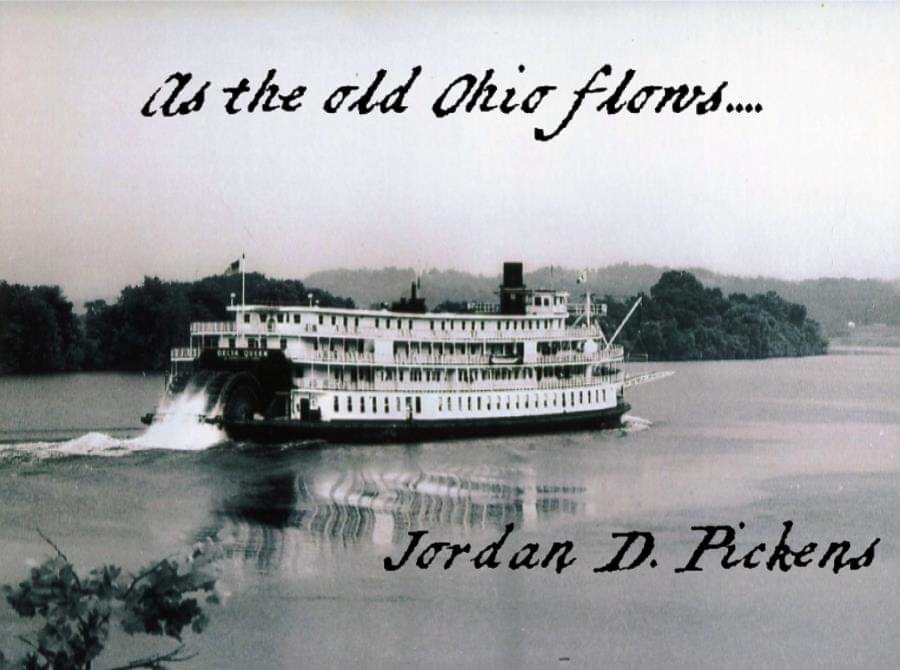Abigail Graves: Meigs County’s G.I. Nightingale


Abigail Graves: Meigs County’s G.I. Nightingale
It’s said to be better to be thought a fool and keep your mouth closed than to open it and erase all doubt. That is certainly the case for the Washington State Senator who made the remarks about nurses playing cards for most of their work day. The blatant audacity and falsity of this accusation is astounding. These comments have brought me to this weeks’ article about one of Meigs County’s prominent nurses, of whom many do not know: Abigail B. Graves, originally from Downington.
Abigail was born to Oscar and Mytra Graves, and as a young womanshe joined the A.N.C. (Army Nurse Corps) to help serve her country in World War I. She is said to have “a record of which any woman would be proud.” As a Lieutenant in the ANC, Lt. Graves’ travel log during the FirstWorld War included stents at Fort Sam Houston in Texas, Camp Beauregard in Louisiana, Camp Shelly in Mississippi, all in 1918. In 1919 Lt. Graves was stationed in Fort McPherson in Georgia and Fort Thomas in Kentucky.
Then in 1920, Lt. Graves was sent to Coblentz, Germany. In an interview that ran in the former Meigs County newspaper The Democrat,which was provided to the newspaper by Jeanette Ash, who was a Senior in the Class of 1943 at Pomeroy High School. Lt. Graves had this to say about her tenure in Germany: “In the first occupation (November 1918) were men who had been in France. In two years most of these had been replaced by the regular Army. Our casualties were ‘flu’ and pneumonia in winter, and ‘pay-day’ battles.”
“In April 1921, three nurses and myself took a trip to Paris, Florence, Rome, Naples and Nice. On another trip we went to England through Belgium and Holland, returning to Coblentz via Vienna and Munich, after seeing the Passion Play in Oberammergau.”
“In May, 1922, I returned to the U.S.A. and after a 30-day furlough with relatives in Ohio was stationed in Fort Monroe in Virginia. For three years I was on duty at the Walter Reed Hospital in Washington D. C. and from there I was sent to the Philippines – the first six months at Corregidor, the remainder of the three years at Sternberger Hospital in Manila. During that time, I visited the coastal cities of Hong Kong, China, Shanghai, to Tientsin, Peking and Japan via Manchuria.
“1930 saw me on the sea bound from Manila to the U.S.A. via Suez, visiting Singapore, Batavia, Ceylon, India, Port Said, Egypt, Palestine, Greece, Bulgaria, Austria, Germany, arriving in New York, May 28, 1930.”
From 1930 until December of 1941, Lt. Graves was stationed at Fort Slocum in New York, and Fort Benjamin Harrison in Indiana. September, 1941 brought her orders to be stationed at Fort Mears, Alaska. This is officially known as Dutch Harbor Naval Operating Base and Fort Mears, U.S. Army. Fort Mears was built in response to the growing war threat with Imperial Japan. In 1938 the Navy Board recommended the construction which began in July 1940. The first army troops arrived in June 1941 and the navy air base was finished in September 1941. At the time of the attack on Pearl Harbor, these were the only military installations in the Aleutian Islands.
I came across the 1996 book G.I. Nightingales: the Army Nurse Corps in World War II written by Barbara Tomblin gives an idea of what conditions were like when Lt. Graves arrived.
Halfway across the world, Army nurses were also on duty in the Aleutian Islands and isolated station hospitals and dispensaries all over Alaska. Although technically not serving “overseas,” these nurses experienced many of the same challenges as women working in hospitals in remote areas such as Iceland and Africa. The Army considered Alaska, Puerto Rico and the Philippines as insular posts, and the number of Army personnel assigned to these bases increased steadily in the prewar period. By the end of of 1941, 275 reserve nurses were on duty or headed for areas beyond the continental United States.
Some of the first nurses to arrive in Alaska were assigned to bases along the air ferry route to the Soviet Union. Four nurses, including First Lieutenant Beringer arrived at Fort Richardson near Anchorage on April 19, 1941, any by the time of the attack on Pearl Harbor, the Alaskan Defense Command was employing about fifty Army nurses in four station hospitals. When the United States entered World War II, the Army had about 2,000 troops in Alaska under the command of Major General Simon Buckner. A small Army force was on duty near Skagway, and the U.S. Navy had civilian contractors working at sites in Sitka and Kodiak. The Navy also maintained a base at Dutch Harbor, which was also defined by Army garrison troops.
Vivian F. Flynn was among the first Army nurses to debark for duty in Alaska. She literally “fell” into Alaska while debarking from the transport at Seward. Flynn broke her arm in the fall and was taken to a civilian hospital to have it set. She and the other five nurses resumed their journey to their new post. When the war broke out, the hospital had twenty Army nurses, a Red Cross worker and a dietitian. On the eve of the war, the Fort Ladd Station Hospital also received nurses under the leadership of Chief Nurse Lt. Marie Pace. The reported for duty at ladd Field in Spetember1941 and the hospital officially opened in a four story wing of the Air Corps barracks on December 9. September also brought eleven Army nurses under 1st Lt. Abigail B. Graves to the station hospital at Fort Mears. The hospital was so new that it did not have a supply of operating room linens, and a navy nurse from Dutch Harbor who arrived to assist in emergency surgical procedures helped sew linens because “the technicians had tried their hands at running the sewing machine with little success.
Much like the nurses of today, these Army nurses were over worked, understaffed, and make life saving decisions instantly. Like card players, Nurses play the hand they are dealt on a day to day basis. I’m sure we all can agree that we are thankful for what they do each and every day.
As the old Ohio flows….






